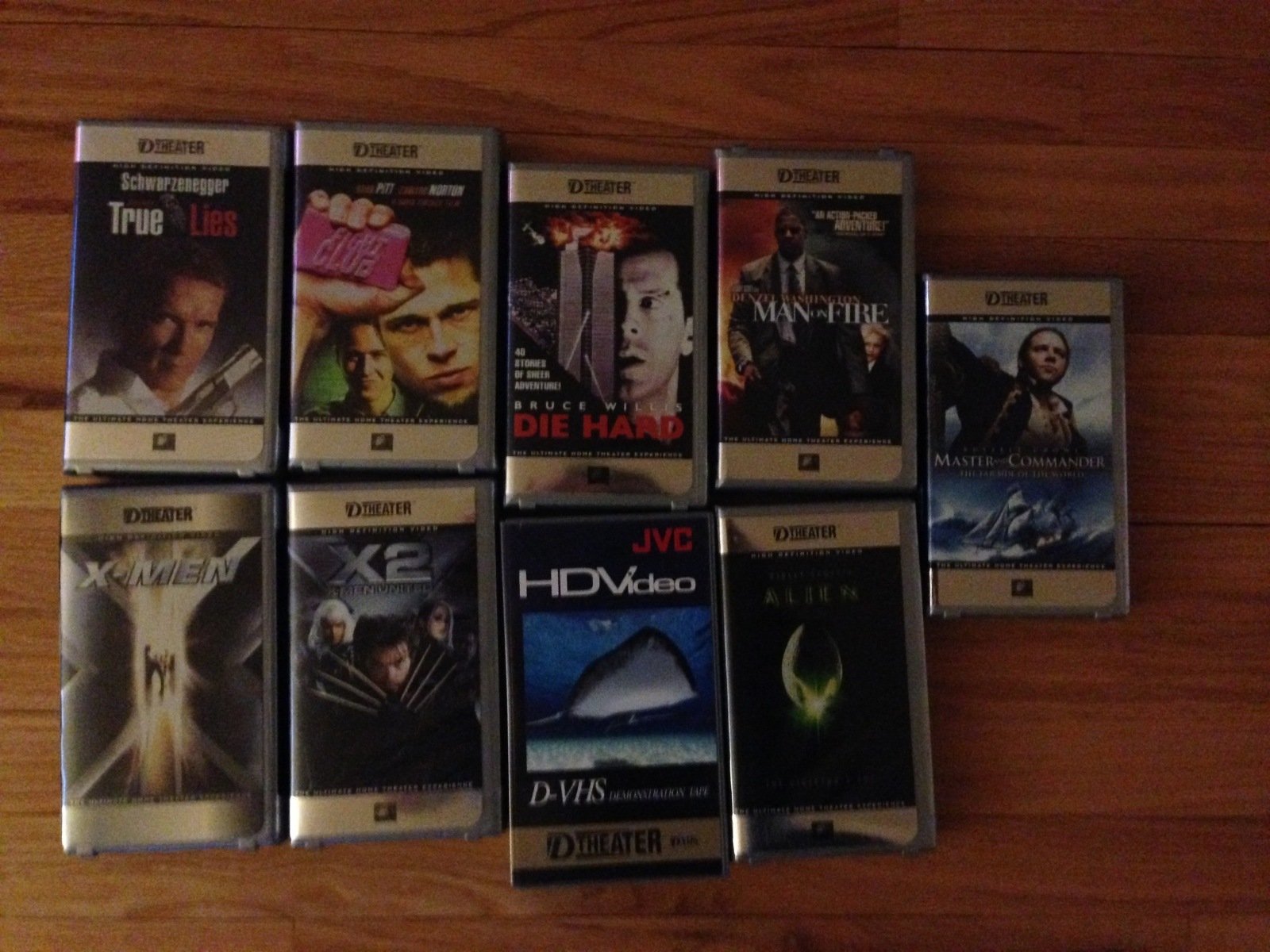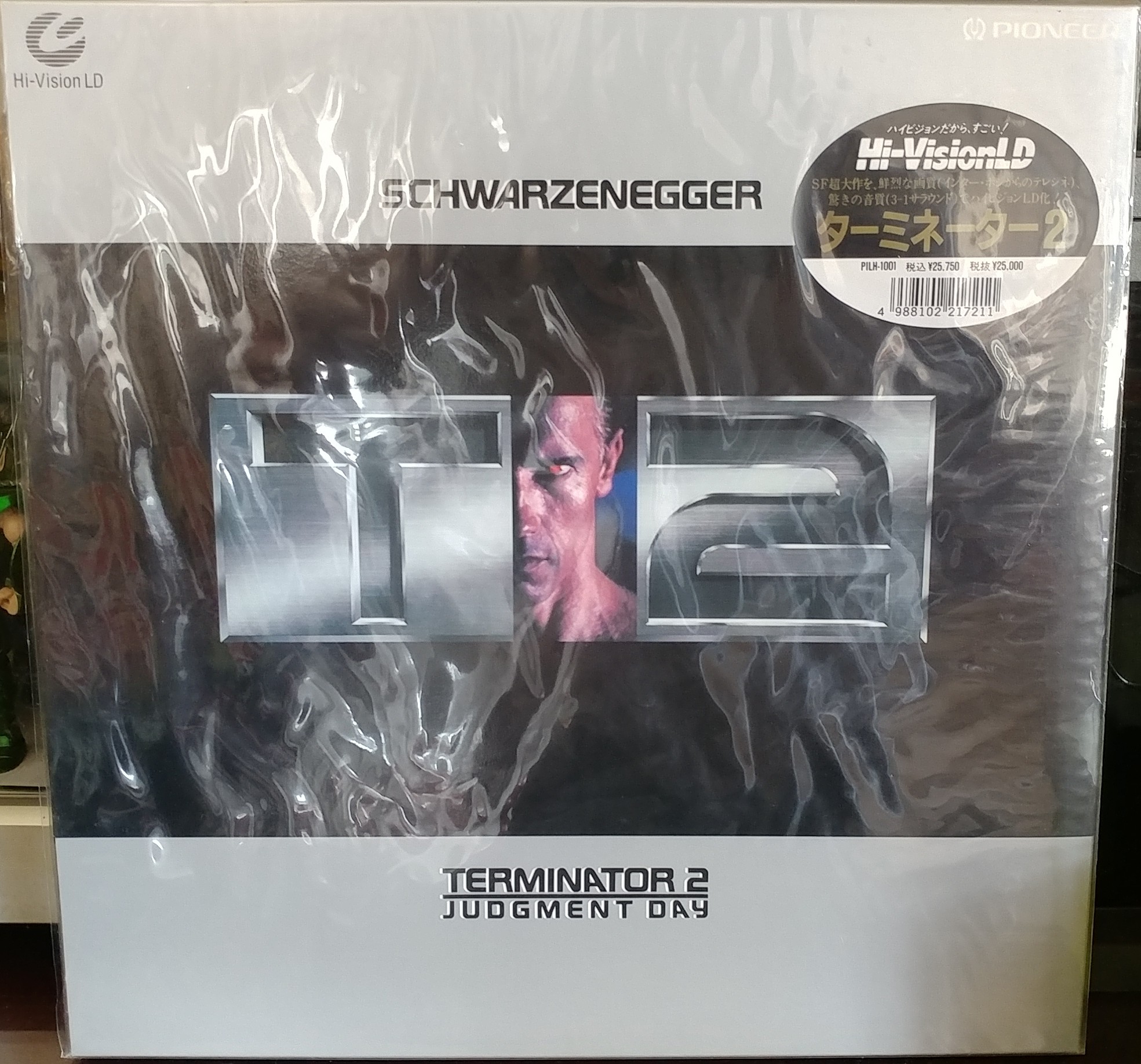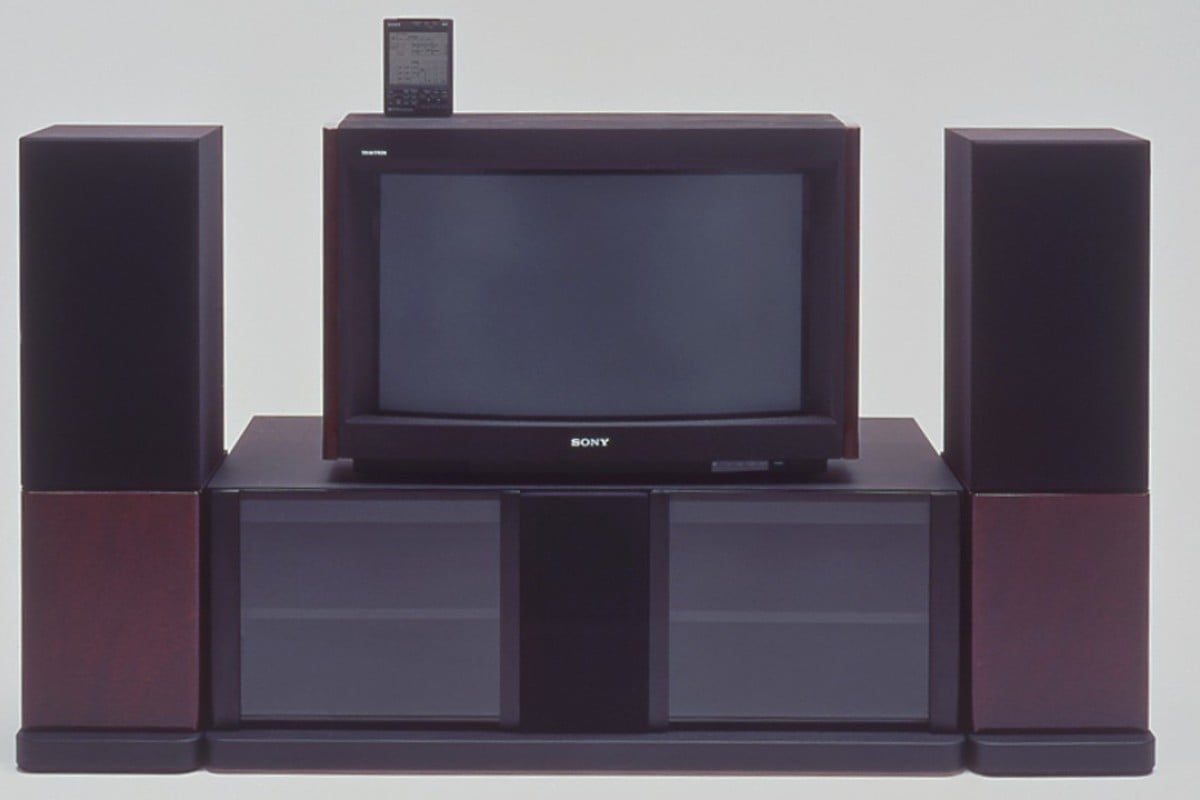Cosmic Smash
Member
D-Theater (D-VHS)
Muse Hi Vision Laserdisc
D-Theater
HM-DH30000U

HM-DH40000U
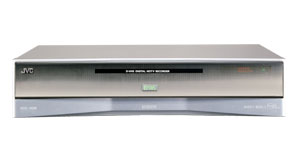
HM-DH5U
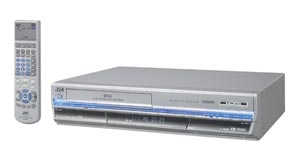
HM-DT100U
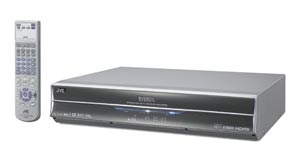
Complete D-Theater/D-VHS list
Movie makers back D-VHS format
A high definition recordable video tape format
D-VHS demonstration and Q&A
Second Impressions on the D-VHS Format
Reviews
Terminator 2
U571
X-Men
Muse Hi-Vision
Pioneer HLD-1000

Pioneer HLD-X0

Pioneer HLD-X9

Sony HIL-1000
Sony HIL-C1
Sony HIL-C2EX
Panasonic LX-HD10
Panasonic LX-HD20
Complete Muse Hi-Vision list
MUSE HI-Vision LD Launched in Japan enters a new era of high-definition laserdisc - the first upgrade to depart completely from the original 1978 NTSC LD specification
Hi-Vision, MUSE, and the Optical Disc
MUSE catalogs
Equipment brochures (and other items)
Back to the Future trilogy
In 2002, prerecorded D-VHS cassettes were sold under the brand name D-Theater in the US. While D-Theater is a D-VHS tape, it is incompatible with D-VHS decks not bearing the D-Theater logo. They provide content in both 720p and 1080i as well as at least one Dolby Digital audio track.[citation needed] Supported films studios include 20th Century Fox, Artisan Entertainment, DreamWorks, and Universal Pictures.[3] D-Theater does have region code restrictions. There are 3 known regions; 1 for the USA, 2 for Japan, and 3 for South Korea.[citation needed] There has never been a D-Theater video release in region 2 or 3.[citation needed] Region code hacks for Japanese decks have been performed to support playback of US titles.[citation needed] The last film available was 20th Century Fox's I, Robot.[4] This title was a surprise to many as there were no prior announcements nor any indication that the title was available. It was originally available only on JVC's D-VHS store in late 2004 and no other distributor had it (not even Fox itself). A couple of weeks later they started trickling out to more distributors after much delay and confusion about its existence. Alien vs. Predator was announced to retailers as also being released on the same day as I, Robot, but Fox later announced that Alien vs. Predator was never shipped to retailers.
Most tapes have built-in copy protection mechanism (DTCP, also known as "5c") (copy never) that disables copying via FireWire. HDNet productions and 2929 Entertainment via Magnolia Entertainment did provide some of their original content on D-VHS but without copy protection. Many of the tapes have an introduction by owner Mark Cuban encouraging the viewer to make copies of the program in order to help distribute them.
DTS
Additional tracks may be included on D-Theater in other sound formats such as DTS. However, only the newest D-VHS players like JVC HM-DH40000, HM-DH5U, HM-DT100U, and Marantz MV-8300 include alternate audio track capabilities.
Muse Hi Vision Laserdisc
In 1991, several manufacturers announced specifications for what would become known as MUSE LaserDisc, representing a span of almost 15 years until the feats of this HD analog optical disc system would finally be duplicated digitally by HD DVD and Blu-ray Disc. Encoded using NHK's MUSE "Hi-Vision" analogue TV system, MUSE discs would operate like standard LaserDiscs but would contain high-definition 1,125-line (1,035 visible lines) (Sony HDVS) video with a 5:3 aspect ratio. The MUSE players were also capable of playing standard NTSC format discs and are superior in performance to non-MUSE players even with these NTSC discs. The MUSE-capable players had several noteworthy advantages over standard LaserDisc players, including a red laser with a much narrower wavelength than the lasers found in standard players. The red laser was capable of reading through disc defects such as scratches and even mild disc rot that would cause most other players to stop, stutter or drop-out. Crosstalk was not an issue with MUSE discs, and the narrow wavelength of the laser allowed for the virtual elimination of crosstalk with normal discs.
To view MUSE encoded discs, it was necessary to have a MUSE decoder in addition to a compatible player. There are televisions with MUSE decoding built-in and set top tuners with decoders that can provide the proper MUSE input. Equipment prices were high, especially for early HDTVs which generally eclipsed US$10,000, and even in Japan the market for MUSE was tiny. Players and discs were never officially sold in North America, although several distributors imported MUSE discs along with other import titles. Terminator 2: Judgment Day, Lawrence of Arabia, A League of Their Own, Bugsy, Close Encounters of the Third Kind, Bram Stoker's Dracula and Chaplin were among the theatrical releases available on MUSE LDs. Several documentaries, including one about Formula One at Japan's Suzuka Circuit were also released.
D-Theater
HM-DH30000U
HM-DH40000U
HM-DH5U
HM-DT100U
Complete D-Theater/D-VHS list
Movie makers back D-VHS format
A high definition recordable video tape format
D-VHS demonstration and Q&A
Second Impressions on the D-VHS Format
Reviews
Terminator 2
U571
X-Men
Muse Hi-Vision
Pioneer HLD-1000

Pioneer HLD-X0

Pioneer HLD-X9

Sony HIL-1000
Sony HIL-C1
Sony HIL-C2EX
Panasonic LX-HD10
Panasonic LX-HD20
Complete Muse Hi-Vision list
MUSE HI-Vision LD Launched in Japan enters a new era of high-definition laserdisc - the first upgrade to depart completely from the original 1978 NTSC LD specification
Hi-Vision, MUSE, and the Optical Disc
MUSE catalogs
Equipment brochures (and other items)
Back to the Future trilogy
Last edited:


